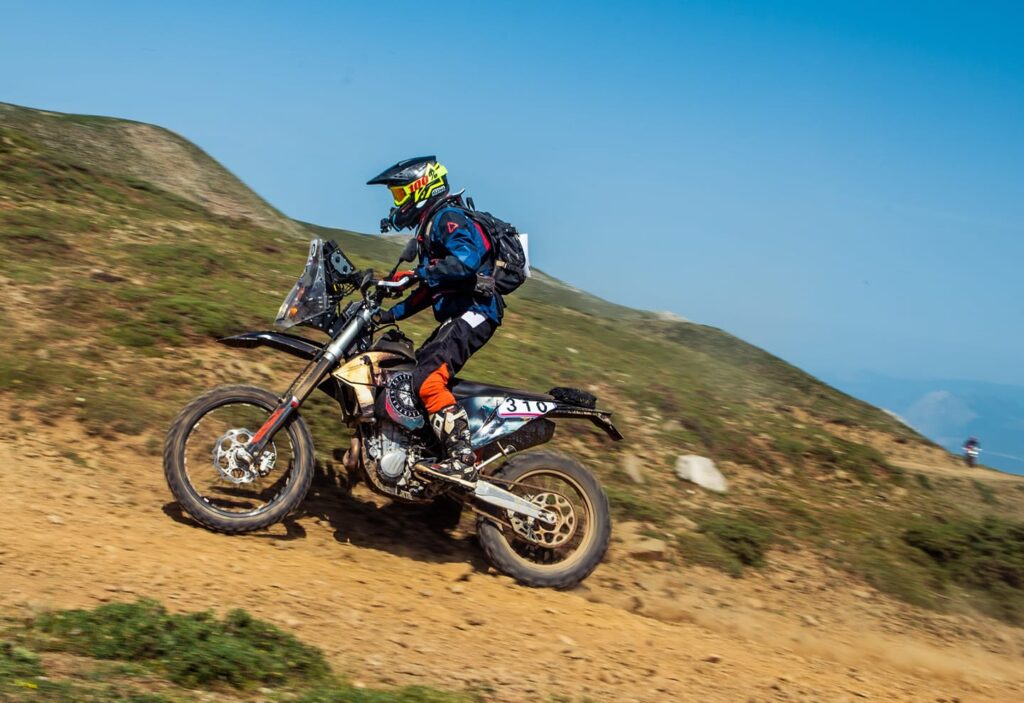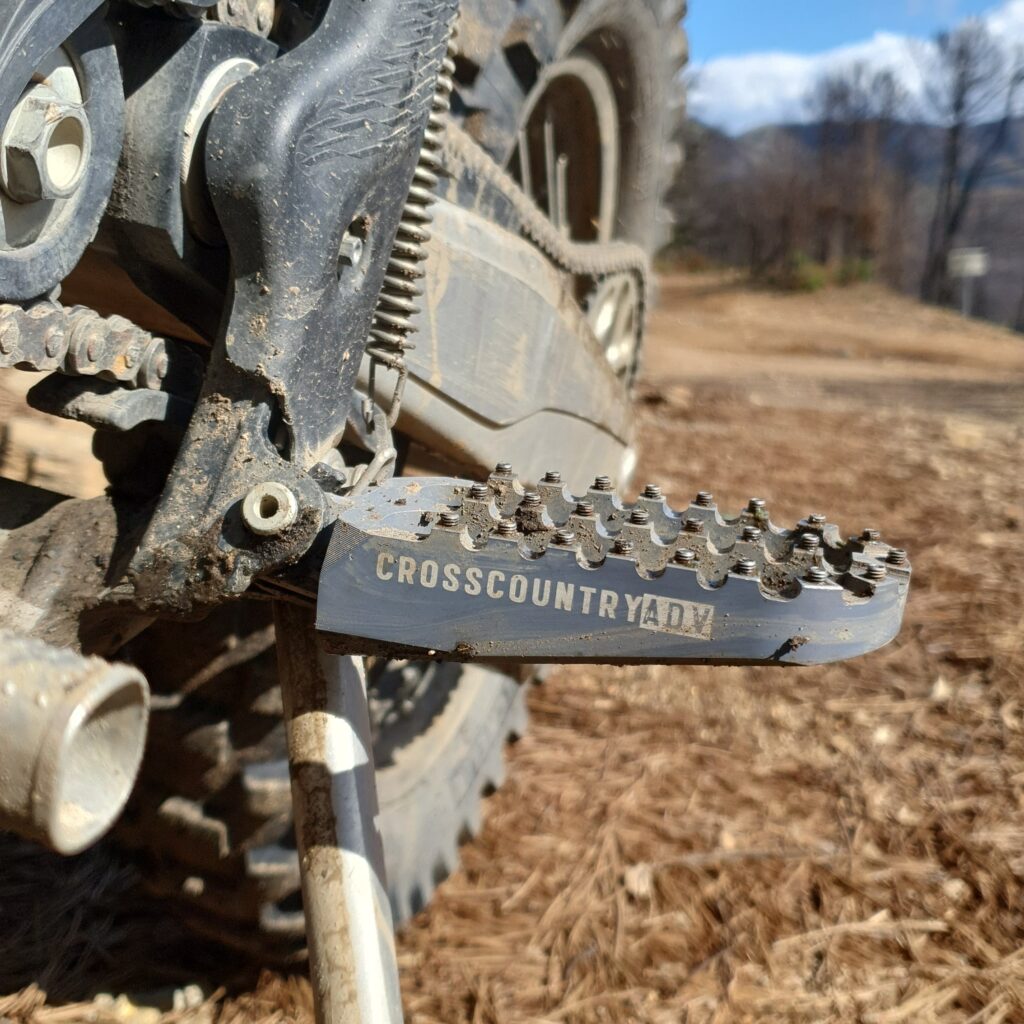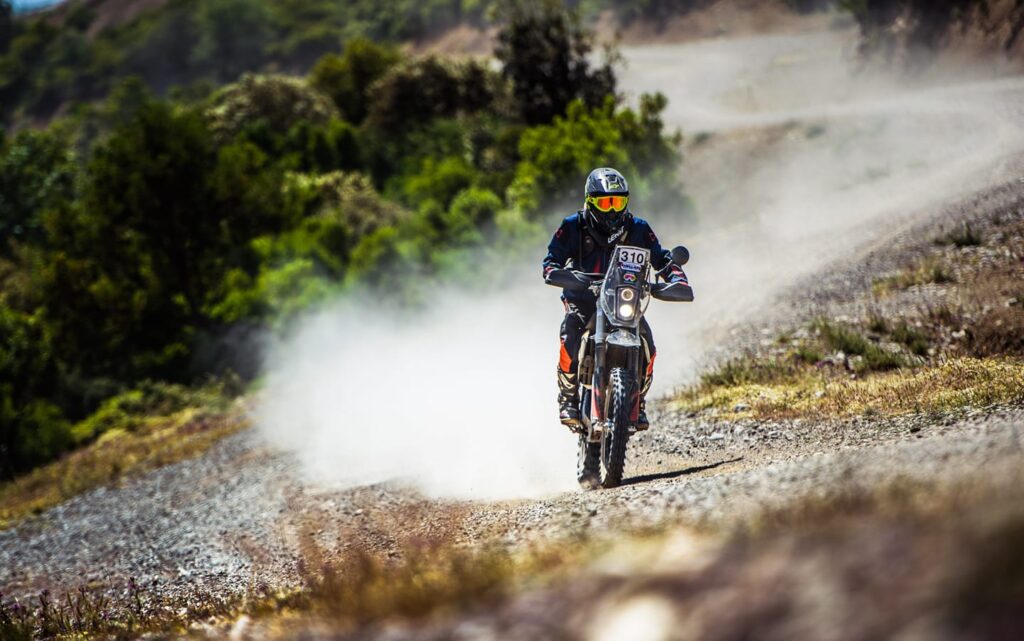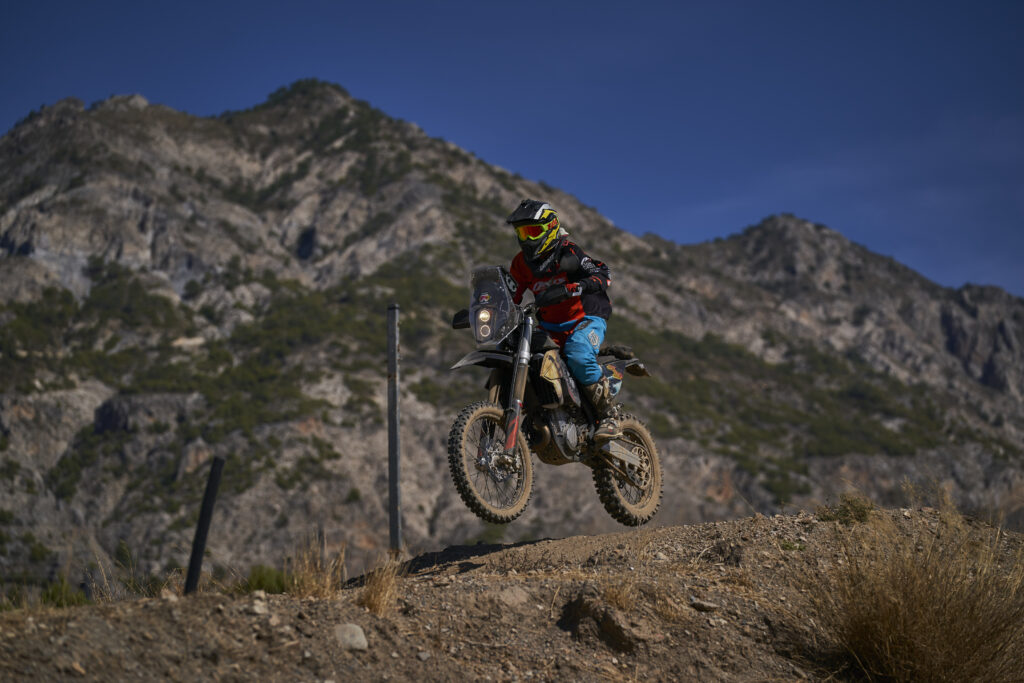Uncategorized
Gunnar Roland: Adventure to Rally and Beyond
How do you go from riding local trails and adventuring here and there to competing in some of the gnarliest rally races in Europe and North Africa, especially if you’ve learned riding as an adult, started to hit dirt just six years ago, and don’t have a massive budget for professional training, rally assistance, and a support team behind you?
Gunnar Roland, a Spain-based Norwegian rider, has done just that – and has no plans to stop any time soon. Having learned to ride just for the hell of it, convinced by a friend, Gunnar soon began riding off-road. “I live in Andalusia where there are so many off-road trails to explore, and Morocco is just a stone’s throw away, so it just made sense to go off and explore. Then came a few Spanish enduro events, and then…rally racing. It just felt like a natural progression”, Gunnar shares.

Having completed the Hispania Rally in 2019 and Hellas Rally Raid in 2020, Gunnar now has his sights set on Dunas 1000, a North African rally event mimicking the original Paris-Dakar spirit. This will be Gunnar’s first desert race, and he’s training as hard as he can to prepare for the biggest challenge yet.
-What’s the hardest part when you’re racing a rally, especially as someone who’s starting out?
The hardest parts are marathon days, when you have really long distances and arrive back at the bivouac in the dark. Overall, rally racing is all about endurance – you’ve got several days or an entire week of racing, not just a couple of laps around a track or a two-day stint, so that’s where the stamina matters the most. Staying focused throughout the whole rally, dealing with tough terrain and navigation at the same time – it all takes a toll.
-How are you training for the upcoming rally races?
I do local enduro events as often as I can, and I’ve done some training with the 1000 Dunas School in Granada, Spain, to improve my technical riding skills and roadbook navigation accuracy. Most of all, I just get out and ride our local trails whenever I can – saddle time matters! I also try to stay in shape by working out at home focusing on core body strength, hike, swim – anything physical that helps me stay fit helps at the races.
-What about your bike prep?
My bike is a 2020 KTM EXC 450. Apart from a rally tower from Rade Garage, a higher spec rear suspension, and a 15 l Acerbis tank, as well as some custom decals, it’s pretty much factory stock. One other mod I’ve added recently is the Rally footpegs, and so far, I’m pretty impressed – they seem durable and well made, and because of the design, they really do make a difference in your riding.

It’s a lot more comfortable, stable, and you have more control of the rear wheel, which is pretty cool. If you’re thinking of doing rally mods on your own bike, don’t go for the fanciest farkles and bling – first, figure out what will make the biggest and most beneficial difference, like suspension, fuel range, navigation setup, footpegs…everything else isn’t that important, at least as long as you’re racing in the amateur classes.
– What would you say to a complete rally first-timer hoping to do their first race?
Just do it! Lots of people assume that you need to be some superhuman, Chris Birch-like off-road expert to do a rally race. I certainly am not any of these things, but here I am aiming for 1000 Dunas… So, no, you don’t need to be a pro to start racing rallies. And it doesn’t necessarily have to be insanely expensive, either: if you’ve got an off-road capable bike and good protective gear, that’s really all you need to try your first rally. I did my first race on a KTM790 R with a basic, handlebar-mounted roadbook navigation setup, and although the size of the bike didn’t help, I finished the race. So it’s really all about just going for it, even if you don’t have the perfect bike, the perfect skills (who does?), or the perfect circumstances. Just get out there and make it happen – but be warned, this rally business is highly addictive.

Follow Gunnar’s adventures on: Instagram
Images: Actiongraphers, Gunnar Roland

